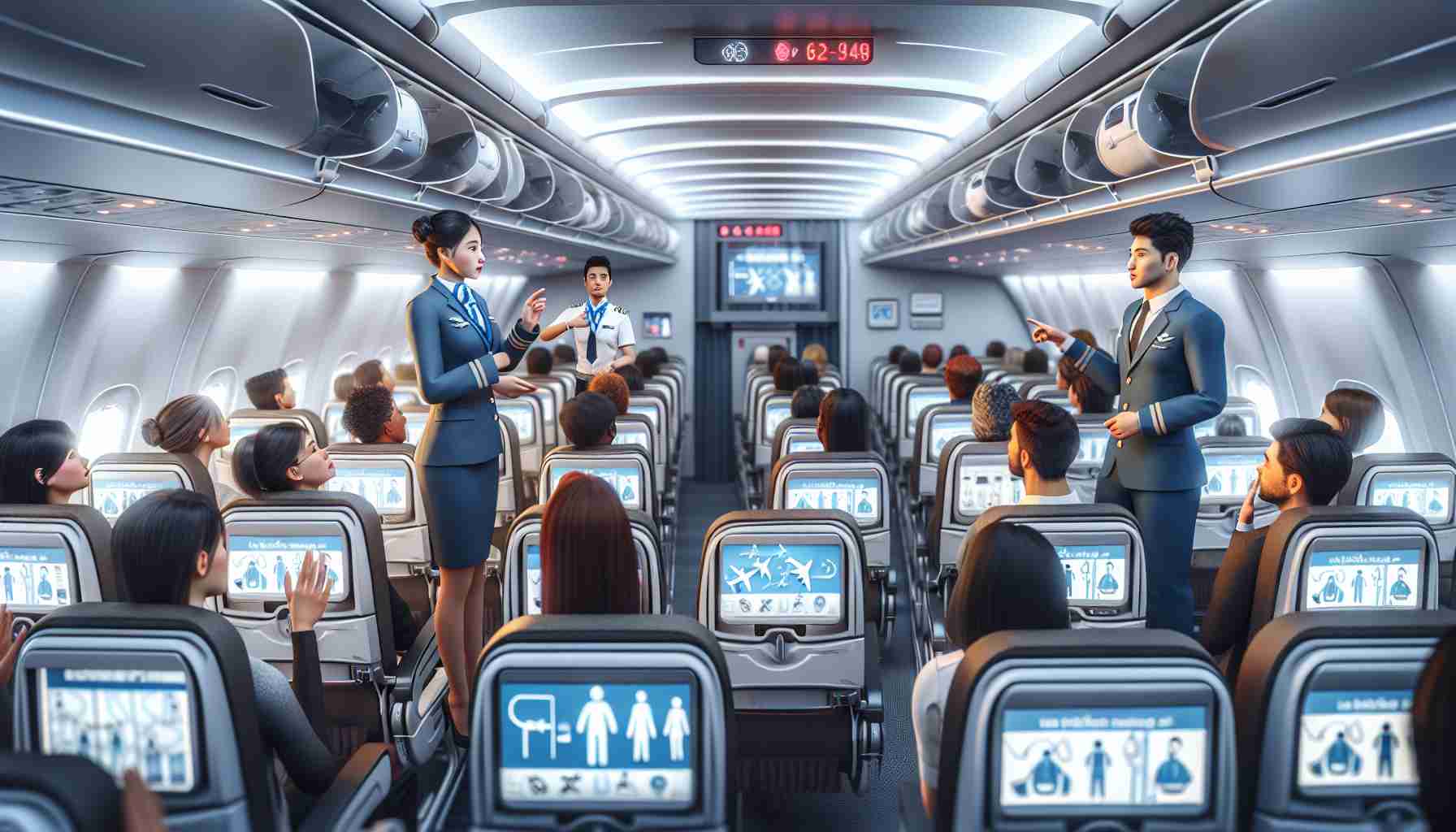
New Airline Protocol Ensures Passenger Safety
An incoming flight originating from a European capital was forced to make an unscheduled landing at a Spanish airport due to a passenger experiencing a health emergency. The flight crew promptly alerted air traffic control, who promptly rerouted the plane to enable a swift approach to the runway. The air traffic controllers efficiently prioritized the incoming aircraft amidst other air traffic, ensuring a safe and timely landing for the distressed passenger and the rest of the passengers and crew.
The airline’s emergency protocol went into action seamlessly, ensuring that medical assistance was swiftly coordinated on the ground as the aircraft landed. The airline’s commitment to passenger safety and well-being was evident through the prompt response and effective communication between all parties involved. While the condition of the passenger remains undisclosed, the professional handling of the situation highlights the importance of well-drilled emergency procedures in the aviation industry.
This incident serves as a reminder of the critical role that efficient communication and swift action play in ensuring the safety of passengers and crew during air travel. The airline’s adherence to safety protocols and the decisive actions taken by the flight crew and air traffic controllers ultimately led to a successful emergency landing, showcasing the dedication to passenger safety in the aviation industry.
Enhancing Airline Safety Protocols: New Measures and Considerations
Amidst the ongoing focus on passenger safety in air travel, new airline protocols are continuously being developed to address evolving challenges and ensure a secure flying experience for all individuals on board. While the recent incident involving a health emergency on a European-bound flight underscored the importance of swift responses and effective communication, several crucial aspects of airline safety protocols warrant further exploration.
What are the most important questions surrounding new airline safety protocols?
1. **How do airlines coordinate with medical services during in-flight emergencies?**
– Airlines must have robust procedures in place to swiftly communicate with ground medical services and coordinate emergency responses to ensure the well-being of passengers in distress.
2. **What technologies are being integrated to enhance passenger safety during flights?**
– Advancements in aircraft systems and communication tools are increasingly being utilized to streamline emergency protocols and improve response times in critical situations.
3. **How do airlines ensure the consistent training of flight crews and staff in emergency procedures?**
– Regular training and simulations play a pivotal role in preparing airline personnel to handle various emergency scenarios with competence and professionalism.
Key Challenges and Controversies:
– **Privacy Concerns:** Balancing the need for passenger privacy with the necessity of sharing essential medical information during emergencies poses a significant challenge for airlines.
– **Resource Allocation:** Ensuring that adequate medical supplies and trained personnel are available on all flights, especially long-haul journeys, remains a logistical challenge for airlines.
– **Regulatory Compliance:** Adhering to international aviation regulations while implementing new safety protocols can lead to complexities and potential conflicts in operational procedures.
Advantages and Disadvantages of Enhanced Airline Safety Protocols:
– **Advantages:**
– Improved response times during emergencies, minimizing risks to passengers’ health and safety.
– Enhanced coordination between airlines, ground services, and regulatory authorities for seamless crisis management.
– Greater reassurance for passengers, fostering trust in the airline industry’s commitment to safety.
– **Disadvantages:**
– Cost implications associated with upgrading technology, training programs, and maintaining emergency supplies.
– Potential disruptions to flight schedules due to the implementation of stringent safety protocols.
– Balancing operational efficiency with heightened safety measures may pose challenges for airlines in delivering consistent service quality.
For further insights into airline safety protocols and industry standards, visit International Civil Aviation Organization. Stay informed about the latest developments shaping air travel safety and passenger well-being.